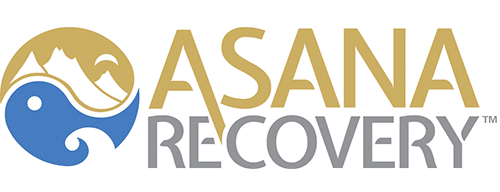Battling an addiction is not something you have to do on your own. Detox and inpatient programs are designed to make this process easier for you by helping you along the way. One of the most promising methods used to help addicts stop using is through the use of medically assisted treatment (MAT). MATs are not for all addicts, but they prove to be highly effective in addicts battling opioid addictions.
How Medications Help
Medically assisted treatment is often initiated in detox. Detox is not officially considered the start of treatment, but rather a tool used to begin the treatment process. Once an addict begins a detox program, their body goes through rapid changes as substances leave their system. This rapid change often results in an array of withdrawal symptoms. Withdrawal symptoms can be extremely uncomfortable and, in some cases, life-threatening.
As withdrawal symptoms begin, medical professionals begin administering medications to the addict. These medications trick the brain into believing the drug is in a user’s system, but the user does not experience the typical ‘high’ associated with the drug use. This method drastically reduces the physical and mental symptoms patients typically experience when they go without using.
The patient continues to be monitored for several days as they continue through the detox process. Medical professionals continue to administer medications to patients throughout this process. Once patients are admitted into inpatient treatment, doctors begin to lower the doses over time. The ultimate goal is to reduce the medication continually until the addict no longer needs the medication in their system. MATs are often used in conjunction with therapy and physical activities so addicts can develop coping skills and focus on making healthier lifestyle choices.
There are several types of medications that can be used in medically assisted treatments. Some of the most common medications are:
- Methadone: This medication is dispensed daily to patients. Unlike other forms of medication, methadone does not block out other narcotics while taking. Patients are still able to feel the effects of drugs while taking this, which limits its effectiveness in relapse situations.
- Naltrexone: This medication is distributed in an office-based setting. It is a non-addictive opioid antagonist that works by blocking the effects narcotics have on the body. This medication is injected into the body and can be used to initiate a detox. Afterward, this medication should be restarted 7 to 10 days after detox is finished in order to decrease cravings.
- Buprenorphine: This medication is one of the most commonly used in opioid detox. This medication works by tricking the body into believing it has the opioid its system in order to reduce withdrawal symptoms. Additionally, this medication blocks the effect from other narcotics. If an addict relapses or uses while taking this medication, the drugs will have no ‘high’ effect on the body.
Medically assisted treatment seems to be one of the most promising methods for helping addicts overcome addiction. At Asana Recovery, we are able to employ MATs to addicts and provide 24-hour monitoring to ensure they remain safe and comfortable through the process. If you are dealing with an addiction and think a medically assisted treatment program may help you, give us a call at (949) 416-3341 to get started today.



